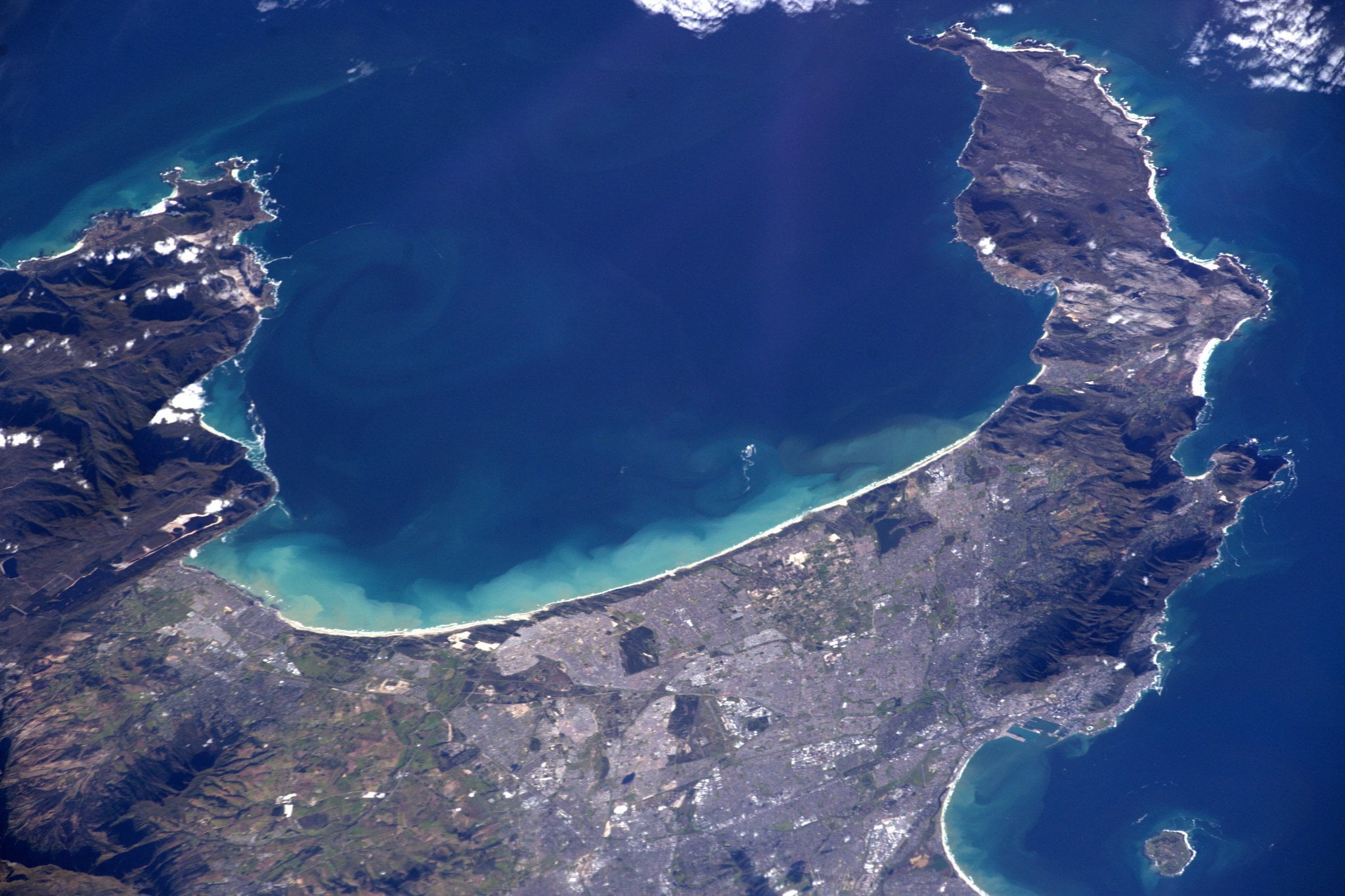It’s bad enough having plumbing problems here on earth, but just imagine if you get a burst pipe in space. Well, that’s what has happened on the International Space Station. There’s been no official confirmation from NASA, but the Russian Space Agency… er… leaked information that a loo in the American bit of the spacecraft had malfunctioned:
“Our colleagues at the Tranquillity module had an incident on Friday. Astronauts separated the water supply line and the liquid leaked. Over 10 liters of water leaked before the problem was fixed. The crew had to collect the water using towels.”
I think that it’s cool that they used towels to collect the water. That’s exactly what I would have used down here on earth, and basically means that I have space age equipment in my bathroom. Amazing.
Relations between the US and Russia aren’t all that great on earth at the moment, and there are issues 420km up as well: remember the hole in the ISS window? Well, as was pointed out in the comments on that post, there’s a suspicion that it might have been sabotage, and Russia aren’t happy about it.
But Rusky or Yank: if your toilet leaks in a confined space all that way up, you know urine trouble. A genuine case of “Houston, wee have a problem”. It must be driving them potty, but I’m sure they’ll soon get to the bottom of it.
I wonder what Vladimir Poo-tin will have to say about all this?




